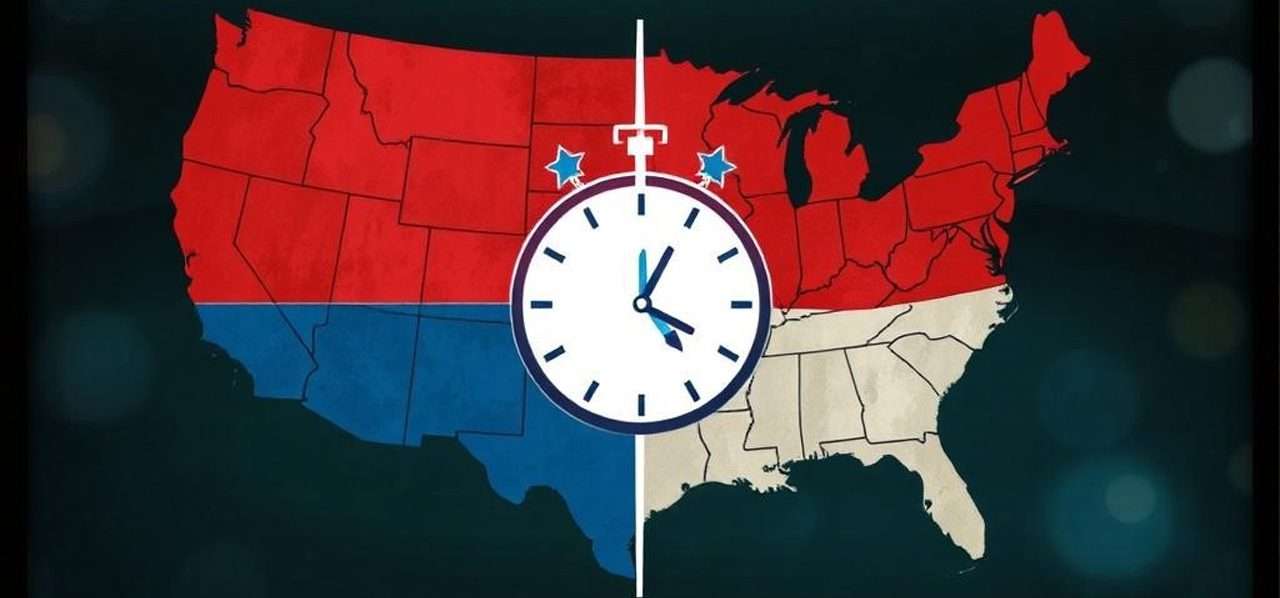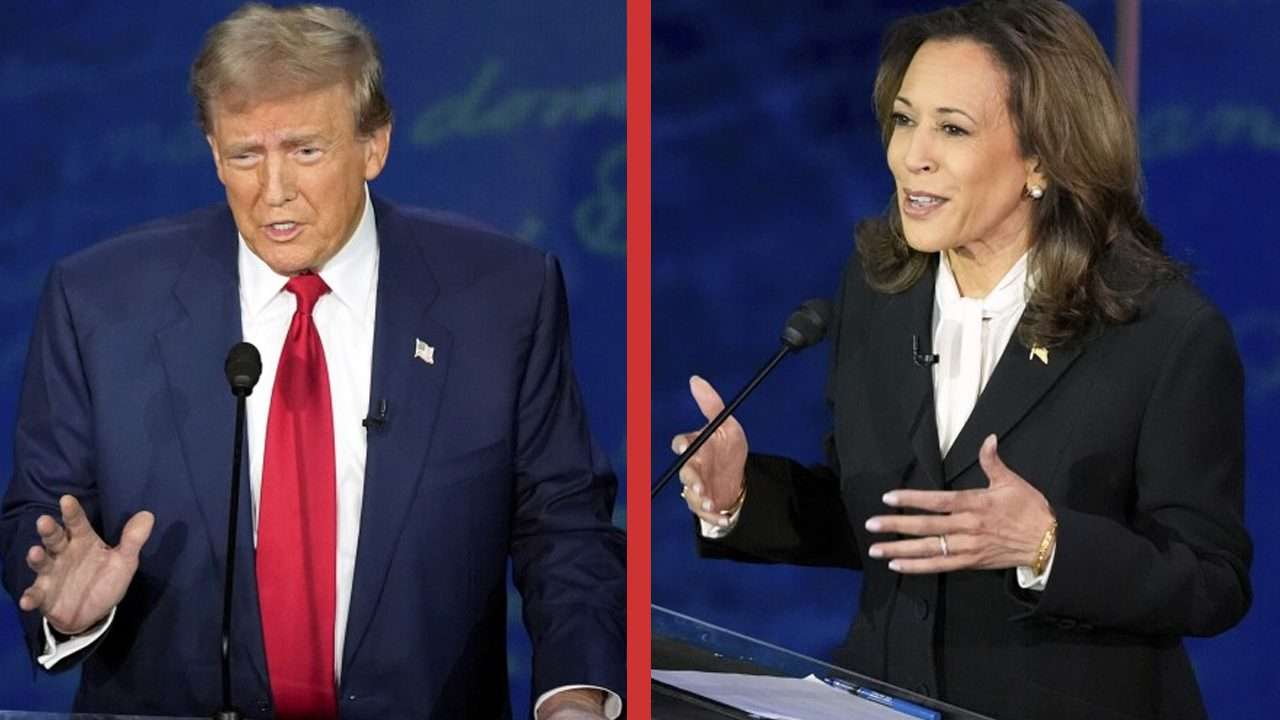Long before American suffrage was instated, the American Colonies were under the British Empire, administered by officials sent out from Britain and local governmental bodies with limited powers.
The First Continental Congress in 1774 was attended by representatives of 12 of the 13 colonies who unified in opposition to British policies, in order to seek conciliation and for the colonies to appear as one united body. The colonies declared their independence in 1776, and thus established themselves as a nation and created the building blocks of what would later be called American democracy. The period of the Articles of Confederation (1781-1789), when the United States functioned without an executive, gave way to an organized government but wielded little power, thus creating economic challenges and conflict between states. In 1787 the Constitutional Convention advanced a federal system of government that incorporated checks and balances and included the establishment of the Electoral College as a middle ground between the popular vote and the vote in congress for electing the president. Ratified in 1789 So was the Constitution which laid down the framework of the appropriate conduct of American elections and representative government based on the principle of sovereignty of the people. The first US presidential election in 1788 that elected George Washington – the first president of the nation began future presidential elections and embodied democracy and federalism which are in a
process of evolution to date.

George Washington won the US presidential election in the year 1788 – 89. The Rise of Political Parties (1828-1860) The election of 1828 was the first campaign to include major political parties, with the Democratic Party led by Andrew Jackson emerging victorious over the National Republican Party. During this period, the foundations of the two-party system, which persists to date, emerged. There was an increase in voter turnout with the extension of the right to vote, although non-white citizens and women were still excluded from the fold.
Post the American Civil War, the 15th Amendment introduced in 1870 contained prohibitions against voting discrimination based on race, which enabled African American men to cast their votes. Nevertheless, such limitations were furthered by the discriminatory policies adopted in the Southern region, where for instance the poll tax and literacy tests were illustrated. Even with these challenges, the period saw the expansion of the electorate. After several years of fighting for suffrage, the Nineteenth Amendment to the Constitution was finally enacted in 1920. This amendment focused on women’s right to vote. This revolutionary advancement of justice for women in the politics of the country democratized women and granted them the right to participate in the politics of the country as voters.

Elections in advanced society and modern challenges A series of further reforms were introduced in the late 20th century, for instance, the 26th Amendment (1971) which made it possible for citizens aged 18 years and above to vote. Over the last few decades, most of the changes in the structure of American elections have revolved around issues such as campaign finance, access to the ballot, and voter protection. In addition to this, technological advancement, the use of mail-in ballots, as well as advanced voting have all transformed how Americans engage themselves in elections. The transformation of the American elections has advanced from a narrow framework to a wider and more participatory approach. Even though constructs still persist, The evolution of elections in America is an assertion of the struggle to widen and safeguard access to elections in this country, which ideally promotes democracy.



















+ There are no comments
Add yours